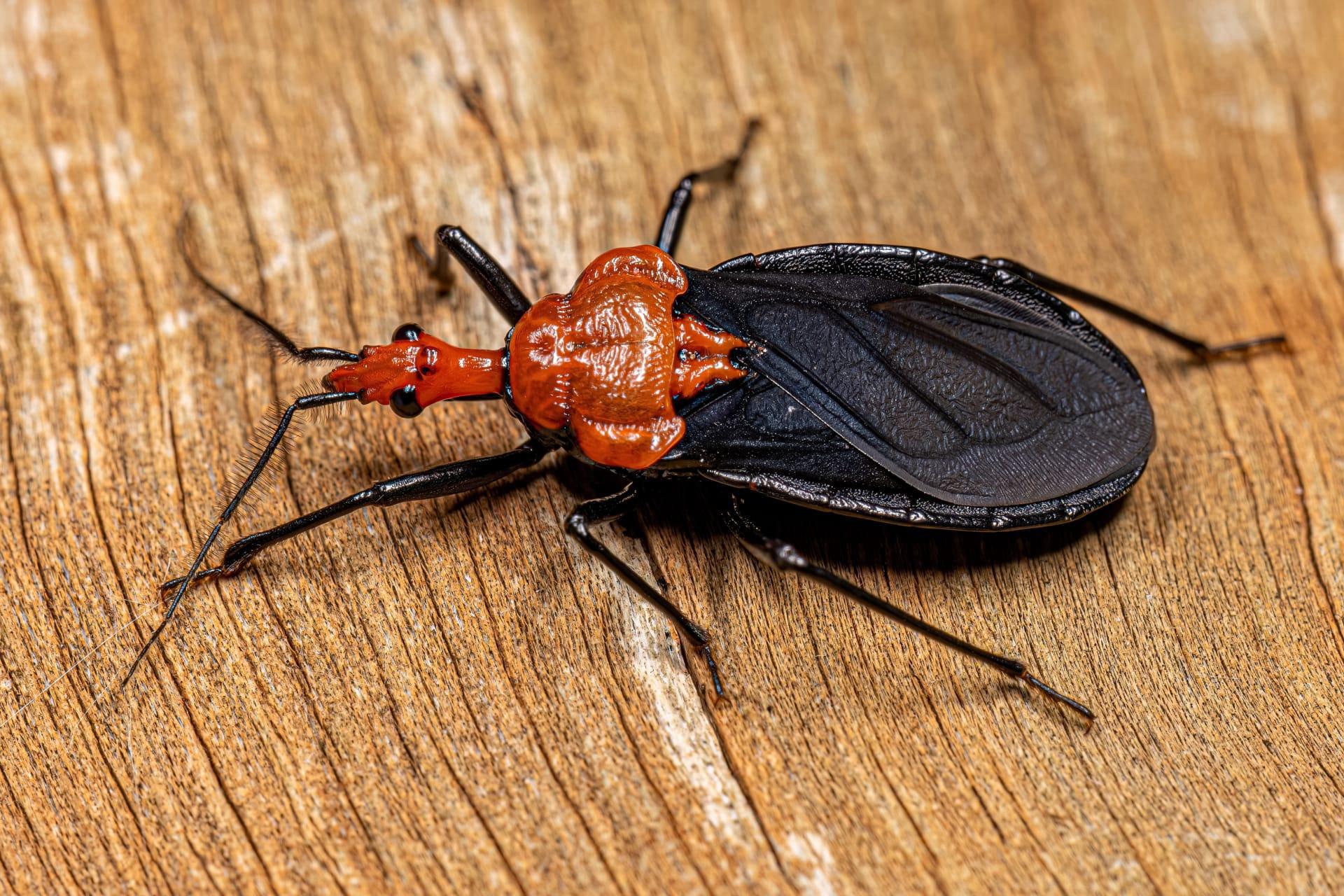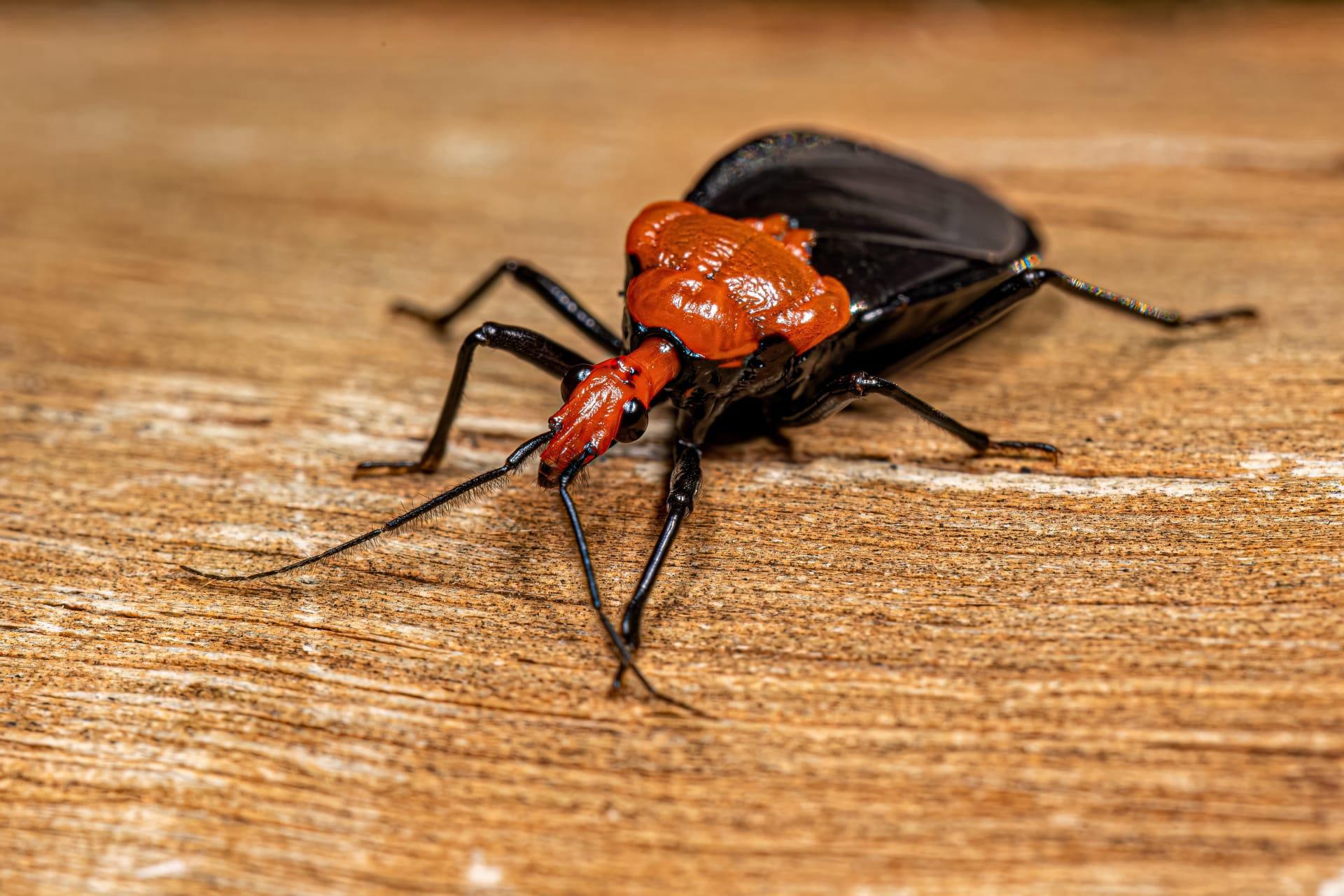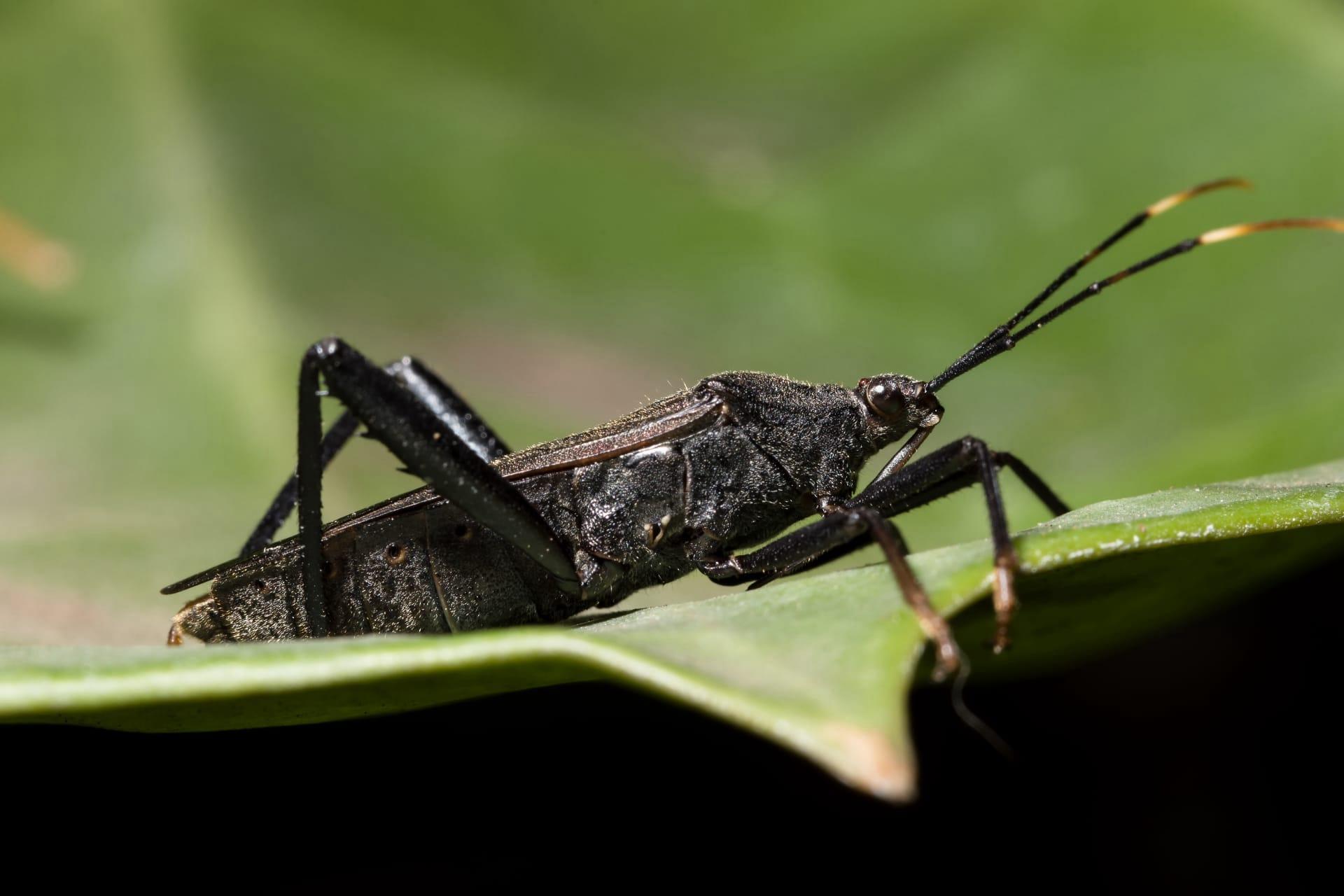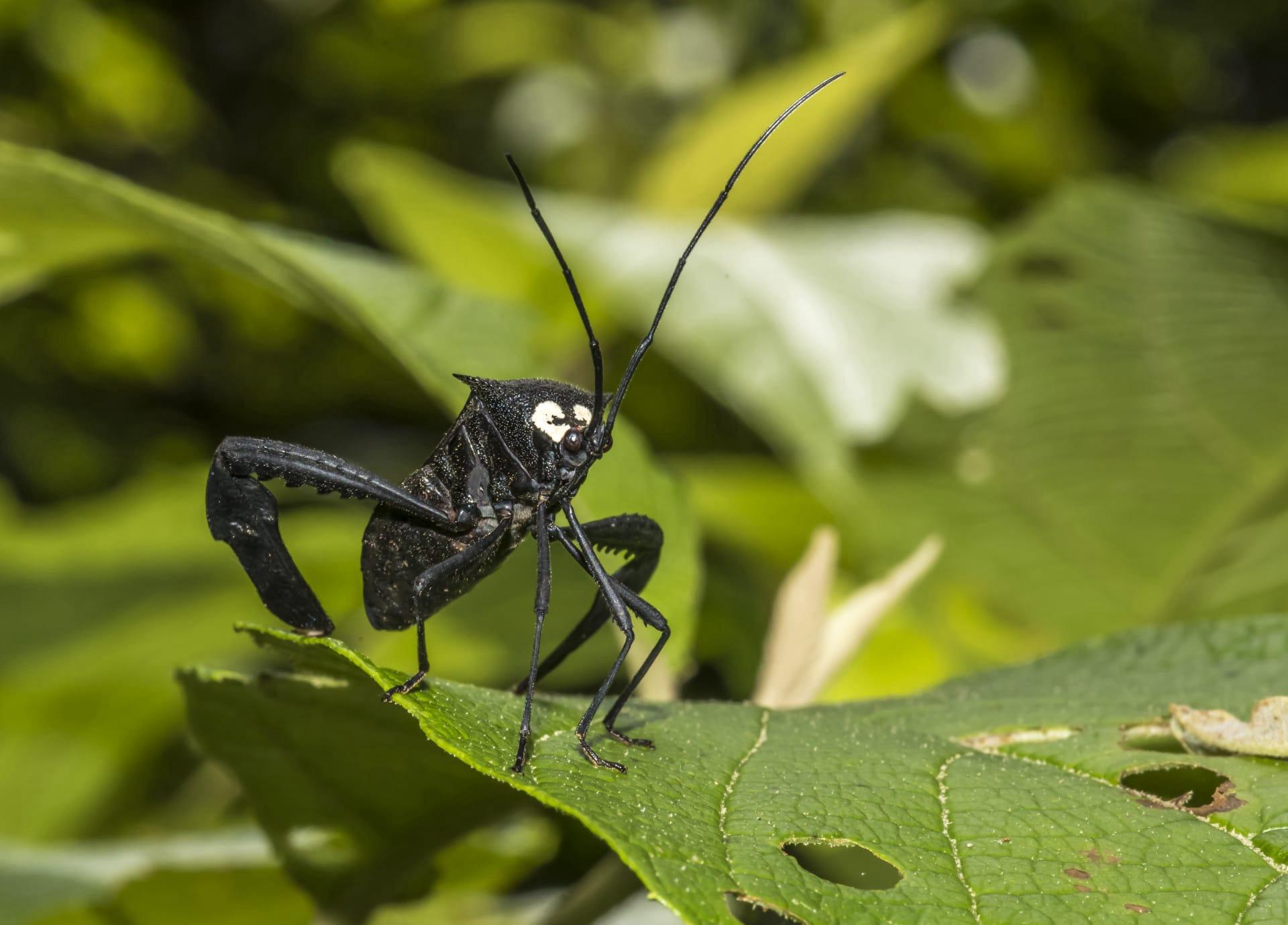Assassin Beetle
- Home /
- Mini Encyclopedia /
- Animal /
- Assassin Beetle
1
Assassin Beetles, scientifically known as members of the family Reduviidae, belong to the order Hemiptera, which also includes bed bugs, aphids, and cicadas. This family comprises over 7,000 species, showcasing a vast array of forms and sizes. These beetles are characterized by their elongated heads and distinct, curved beaks, which they use for hunting and feeding. Their robust and versatile exoskeletons vary in color, often camouflaging them in their natural habitats.
The geographical distribution of Assassin Beetles is impressively vast. They are found on every continent except Antarctica, thriving in diverse environments. Most species are adapted to temperate and tropical regions, with a high concentration in the Amazon rainforest and parts of Africa. These beetles are not city shy either; several species have been spotted in urban areas, making use of gardens and parks. Their adaptability to various climates and environments demonstrates their evolutionary success.

2
Question: Do Assassin Beetles pose a threat to humans?
Answer: Contrary to some myths, Assassin Beetles generally do not pose a significant threat to humans. While they are predators, their primary targets are other insects. Their name might sound menacing, but these beetles are not aggressive towards humans. However, some species can deliver a painful bite if provoked or handled carelessly. It's important to remember that these bites are defensive, not predatory, and generally pose no serious health risk.

3
Assassin Beetles employ remarkable survival strategies. One of their key tactics is camouflage; they often mimic the appearance of their surroundings to evade predators and surprise prey. Some species even cover themselves with debris or the remains of their prey to blend in. This level of camouflage is not just visual; it extends to their movements, allowing them to sneak up on their prey undetected.
Another intriguing strategy is their method of hunting. They use their sharp, hooked beaks to inject a lethal saliva into their prey. This saliva contains enzymes that liquefy the insides of the prey, which the beetle then sucks out. This efficient feeding method allows them to tackle prey much larger than themselves, showcasing their prowess as formidable predators.

4
In the ecosystem, Assassin Beetles play a significant role as both predators and prey. As predators, they help control the populations of other insects, including pests that can harm crops or spread diseases. This natural pest control is crucial in maintaining ecological balance. Their predatory nature contributes to the biodiversity of their habitats, influencing the insect population dynamics.
As prey, they are an important food source for various animals, including birds, reptiles, and larger insects. This positions them as a vital link in the food chain, contributing to the energy flow within ecosystems. Their presence and activity help sustain the populations of their predators, ensuring a dynamic and healthy ecosystem.

5
Film: "Silent Hunters: The World of Assassin Beetles" is a documentary produced in the United States in 2019. This film explores the diverse habitats and hunting techniques of Assassin Beetles. Through stunning macro photography, it reveals their unique adaptations and roles in different ecosystems, providing insights into their behavior and survival strategies.
Book: "The Hidden World of Assassin Beetles" is a comprehensive guide authored by Dr. Johnathan Hughes in the UK, published in 2021. This book delves into the biology, ecology, and diversity of Assassin Beetles. It's filled with detailed photographs and descriptions, making it a valuable resource for entomologists and nature enthusiasts alike.
Book: "Predators in Miniature: The Assassin Beetles" by Maria Gomez, published in Canada in 2020, is another notable work. This book focuses on the evolutionary aspects and environmental impact of Assassin Beetles. It provides a fascinating overview of their hunting strategies and their significance in various ecosystems, making it an engaging read for those interested in natural history and insect behavior.